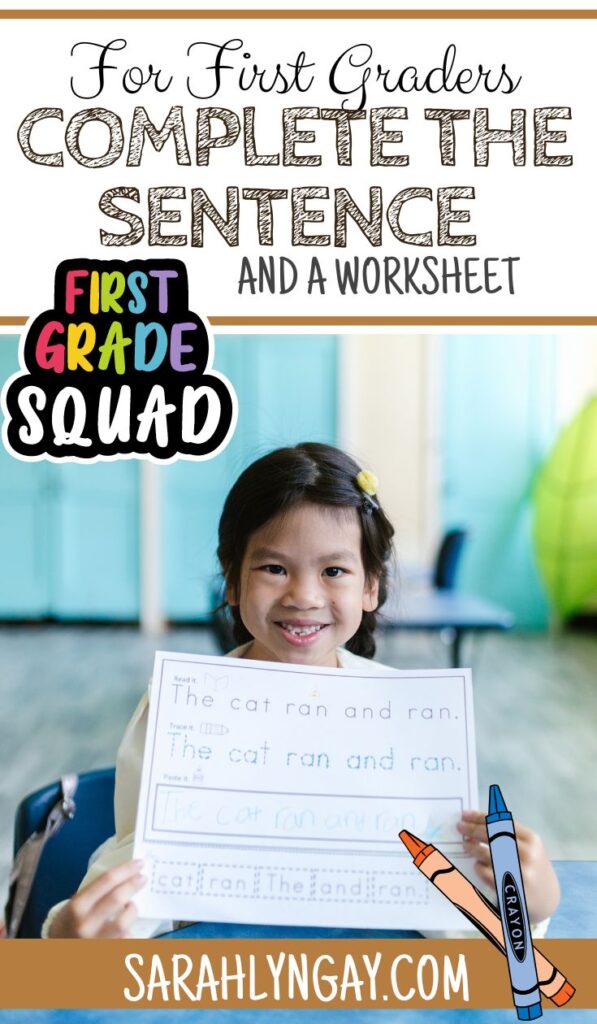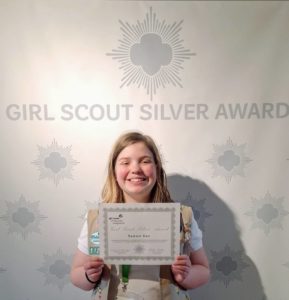In school, first grade is when many students are first introduced to the concept of a complete sentence. A complete sentence must have two things: a subject and a predicate.

The subject is the noun or pronoun that represents what or whom the sentence is about. The predicate is the verb or verb phrase that represents what the subject is doing. It’s important for first graders to learn how to identify and write complete sentences so that they can communicate their thoughts clearly and effectively.
What Is a Subject?
The subject of a sentence is the noun or pronoun that represents what or whom the sentence is about. For example, in the sentence “The dog chased the cat,” the subject is “dog.” In the sentence “I am going to the store,” the subject is “I.” First graders should be able to identify subjects in simple sentences so that they can begin to understand how sentences are constructed.
What Is a Predicate?
The predicate of a sentence is the verb or verb phrase that represents what the subject is doing. In the sentence “The dog chased the cat,” the predicate is “chased.” In the sentence “I am going to the store,” the predicate is “am going.” Just as with subjects, it’s important for first graders to be able to identify predicates so that they can begin to understand how sentences are put together.
Why Are Subjects and Predicates Important?
Subjects and predicates are important because they are the building blocks of sentences. Without a subject, there would be no sentence. And without a predicate, there would be no verb, no action, and no meaning. That’s why it’s so important for first graders to learn how to identify subjects and predicates; without this knowledge, they would not be able to construct complete sentences.
Take a look at this example:
The dog barked.
In this sentence, “The dog” is the subject, and “barked” is the predicate. We know this because “The dog” is doing the action of barking. If we changed the sentence to say “The dog was,” then “The dog” would be the subject, and “was” would be the linking verb that connects “The dog” to its predicate, “a good boy.”
Here are some other examples of complete sentences:
- I am feeling better today.
- They are going to swim in the lake.
- The cat slept through the storm.
- You are my best friend.
Remember, a complete sentence must have a subject and predicate—it can’t be missing one or the other!
Check Out Our Worksheet

Final Thoughts on Complete the Sentence for First Graders
If you’re a first grader (or know one), then chances are you’ll be starting your sentence worksheets soon. But don’t worry, we’re here to tell you everything you need to know! These worksheets are designed to help young kids practice writing complete sentences as well as improve their grammar and punctuation skills. So next time you’re feeling stuck on what to write, just remember: there’s no such thing as a wrong answer, just keep writing until you’re done!

What Visiters Had To Say